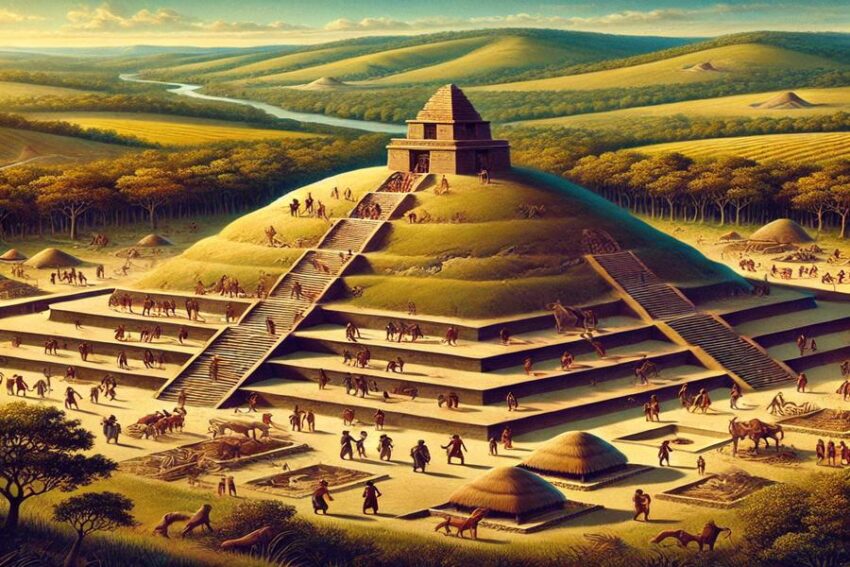Table of Contents
13 Bizarre Lost Civilizations: Forgotten Mysteries of Ancient Worlds
The history of humanity is filled with fascinating civilizations that flourished and then mysteriously vanished, leaving only remnants of their existence. These lost civilizations often had unique cultures, advanced technologies, and intriguing mysteries that continue to captivate historians and archaeologists. Here are 13 bizarre lost civilizations that were forgotten in the sands of time, each with its own strange and fascinating story.
1. The Indus Valley Civilization
The Indus Valley Civilization, one of the world’s earliest urban cultures, thrived around 2500 BCE in Pakistan and northwest India. Known for its advanced city planning, including sophisticated drainage systems and grid layouts, the civilization mysteriously declined around 1900 BCE. The reasons for its sudden disappearance remain a subject of debate, with theories ranging from climate change to invasions.
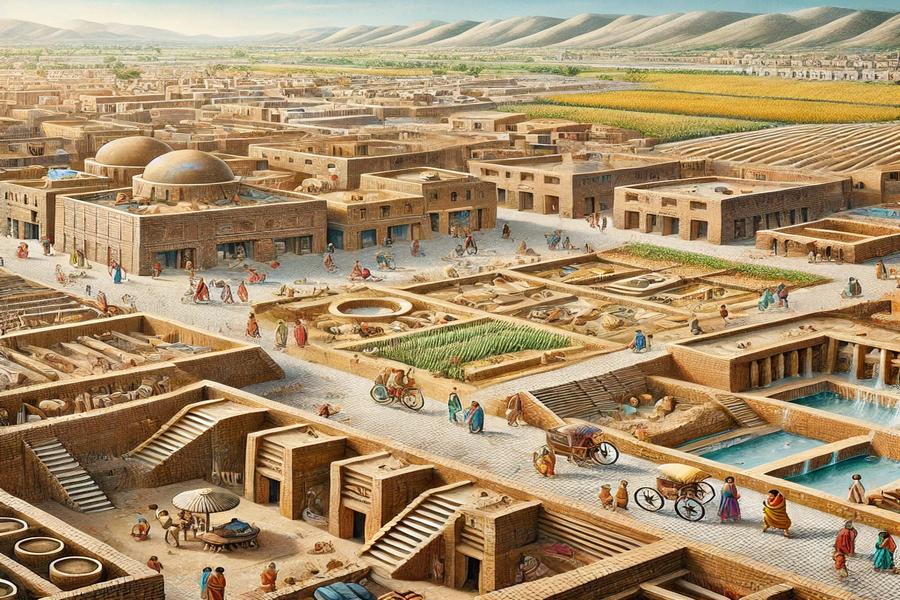
2. The Ancestral Puebloans (Anasazi)
The Ancestral Puebloans, commonly referred to as the Anasazi was a Native American culture known for building cliff dwellings in the southwestern United States. Flourishing between 900 and 1300 CE, they created intricate stone cities like Chaco Canyon and Mesa Verde. The sudden abandonment of these sites around 1300 CE is still unexplained, with hypotheses including drought, resource depletion, and social strife.
3. The Minoan Civilization
Based on the island of Crete, the Minoans were one of Europe’s first advanced civilizations, flourishing from approximately 2600 to 1400 BCE. They are renowned for their elaborate palaces, such as Knossos, and their mysterious writing systems, Linear A and B. The decline of the Minoans is often attributed to a massive volcanic eruption on the nearby island of Thera (Santorini), which likely triggered tsunamis and disrupted their society.
4. The Olmec Civilization
The Olmecs, often regarded as the “mother culture” of Mesoamerica, thrived along the Gulf Coast of Mexico from about 1400 to 400 BCE. Known for their colossal stone heads and intricate artwork, the Olmecs had a significant influence on later Mesoamerican cultures. The reasons for their decline are unclear, but environmental changes and internal strife are commonly suggested factors.

5. The Nabateans
The Nabateans were ancient Arab people who inhabited the region of modern-day Jordan and Saudi Arabia. They are best known for their capital city, Petra, a remarkable city carved into rock. Flourishing between the 4th century BCE and 1st century CE, the Nabateans mysteriously faded from history after Roman annexation, with Petra gradually being abandoned.
6. The Hittite Empire
The Hittite Empire, located in modern-day Turkey, was a major power in the Late Bronze Age, known for its advanced legal system and chariot technology. Flourishing between 1600 and 1200 BCE, the Hittites suddenly disappeared around the time of the Bronze Age collapse, possibly due to a combination of natural disasters, invasions, and internal turmoil.
7. The Khmer Empire
The Khmer Empire, centered in present-day Cambodia, is famous for the Angkor Wat temple complex, one of the largest religious monuments in the world. The empire peaked in the 12th century but began to decline in the 14th century. The reasons for the decline are debated, with possible causes including environmental degradation, overpopulation, and war.
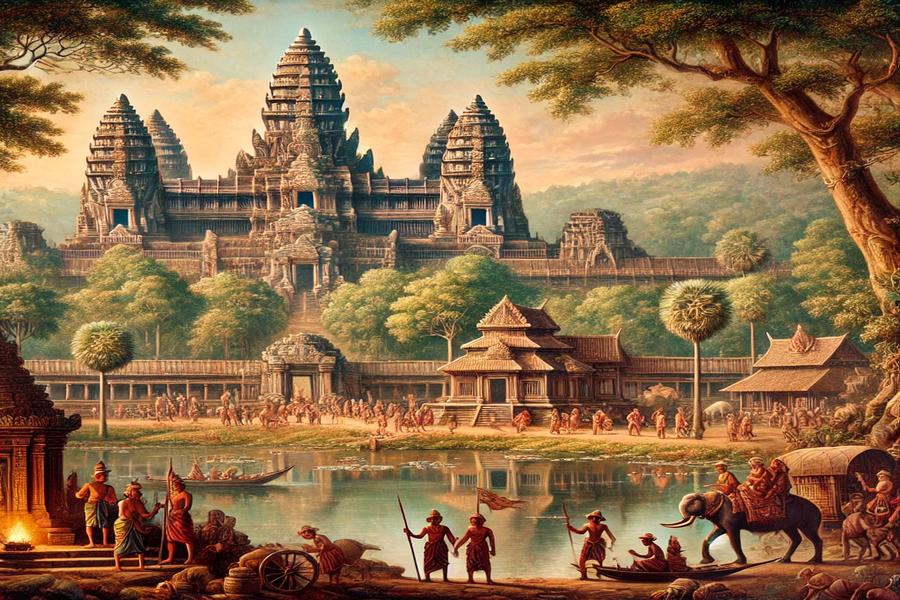
8. The Mycenaean Civilization
The Mycenaeans were a Greek civilization that dominated the Aegean region from approximately 1600 to 1100 BCE. Known for their fortified palace complexes and involvement in the Trojan War (as described in Greek mythology), the Mycenaean civilization collapsed around the same time as the Late Bronze Age collapse, possibly due to natural disasters and invasions.
9. The Cahokia Civilization
The Cahokia civilization, based near present-day St. Louis, Missouri, was the largest and most influential urban settlement in North America before European contact. Flourishing from 600 to 1400 CE, Cahokia was characterized by massive earthen mounds and a complex society. Its decline remains a mystery, with theories suggesting climate change, resource depletion, and social unrest.
10. The Aksumite Empire
The Aksumite Empire, located in present-day Ethiopia and Eritrea, was a powerful trading empire from around 100 to 940 CE. Known for its monumental obelisks and conversion to Christianity, Aksum was a major player in the trade networks of the ancient world. Its decline is often attributed to climatic changes, shifting trade routes, and economic decline.
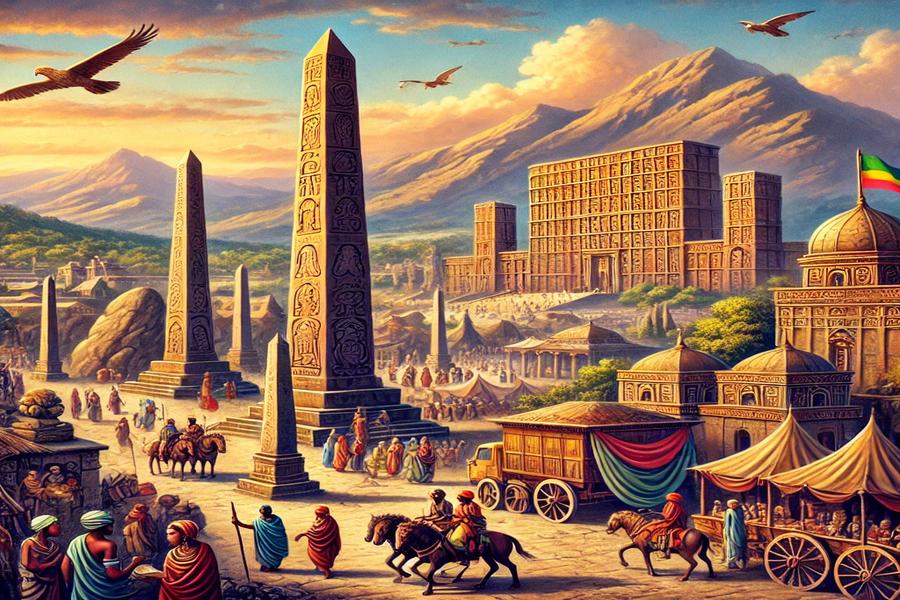
11. The Zapotec Civilization
The Zapotecs were an indigenous Mesoamerican civilization that thrived in the Valley of Oaxaca, Mexico. Known for their impressive city of Monte Albán and their development of one of the earliest writing systems in the Americas, the Zapotec civilization experienced a gradual decline around 900 CE, possibly due to environmental changes and social upheaval.
12. The Kingdom of Kush
The Kingdom of Kush, located in what is now Sudan, was a major civilization along the Nile River. Flourishing from around 1070 BCE to 350 CE, the Kushites were known for their pyramids at Meroë and their powerful queens, Kandakes. The kingdom’s decline is attributed to the rise of the Ethiopian Axumite Empire and changing trade dynamics.
13. The Mississippian Culture
The Mississippian culture was a Native American civilization that thrived in the southeastern United States from approximately 800 to 1600 CE. Known for their large earthen mounds, such as those at Cahokia and Moundville, the Mississippians had a complex society with advanced agricultural practices. The reasons for their decline remain unclear, with possibilities including disease, climate change, and European contact.
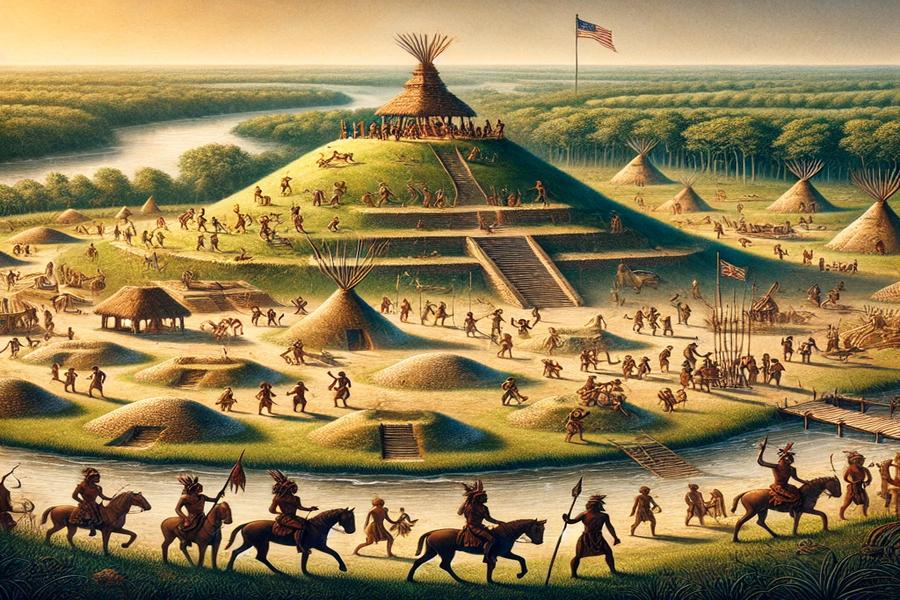
Conclusion
These bizarre lost civilizations showcase the diversity and richness of human history. From mysterious declines to unexplained disappearances, each of these cultures left behind fascinating legacies that continue to intrigue and puzzle historians and archaeologists. Understanding these lost civilizations not only sheds light on our past but also reminds us of the impermanence and fragility of human societies.
Have you seen these Other Categories?
